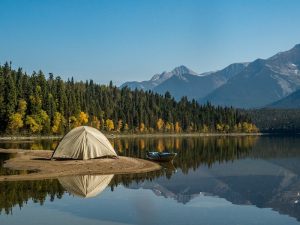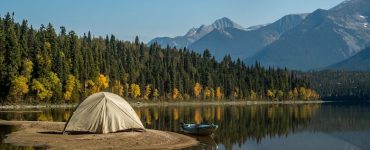Dispersed camping is a type of camping where campers choose to camp outside of developed campgrounds. This means that there are no amenities such as toilets, water, or picnic tables. Dispersed camping allows visitors to experience a more primitive style of camping and to enjoy the solitude that comes with it. It is important to know how to properly disperse camp so as not to impact the environment negatively. Continue reading below to learn more about it.
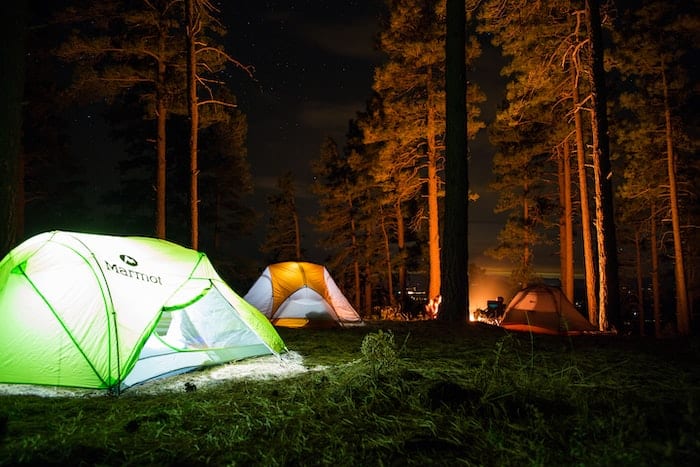
How Does Dispersed Camping Work?
Dispersed camping is a type of camping where campers choose a spot to set up camp, rather than at an established campground. This type of camping requires more planning and preparation than traditional camping, but it can also be more rewarding.
Before heading out on a dispersed camping trip, be sure to research the area. You will need to know how to find a spot that is safe and legal to camp in, as well as how to properly dispose of your waste. Once you have found a suitable spot, setting up camp is much like it would be at an established campground.
Do You Have to Pay for Dispersed Camping?
Dispersed camping is a great way to enjoy the outdoors for free. But is it really free? While you don’t have to pay to camp in a designated campsite, there are still some costs associated with dispersed camping.
For starters, you’ll need to purchase a permit from the US Forest Service. This permit allows you to camp for up to 14 days in a given calendar year. If you want to camp for longer than that, you’ll need to purchase an additional permit.
You’ll also need to pay for your own campsite amenities, such as a tent, sleeping bags, and a camp stove. And don’t forget about the cost of food and firewood! While dispersed camping may not cost anything upfront, it’s important to factor in all of the associated costs before heading out into the wilderness.
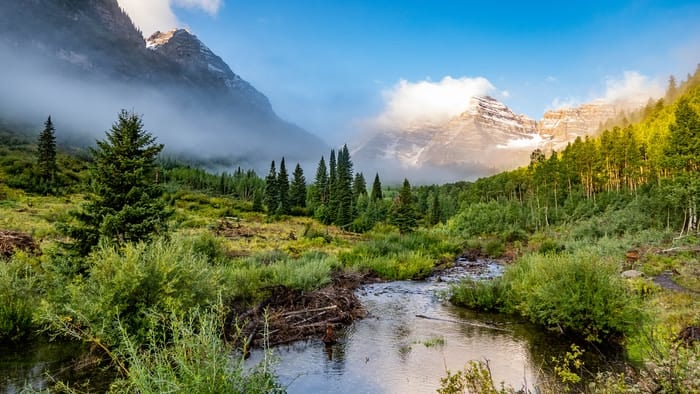
Rules and Regulations
There are a few rules and regulations to know before you go dispersed camping. First, you’ll need to know how to find a spot. Dispersed camping is allowed on all public lands in the United States, with the exception of developed campgrounds and areas where dispersed camping is explicitly prohibited.
Fun Outdoor Quiz
To find a spot, look for an open area away from any developed recreation sites. Once you’ve found a spot, make sure you’re at least 200 feet away from any water sources, such as lakes, rivers, or creeks. You’ll also want to pitch your tent on high ground in case of flooding.
Next, you’ll need to know how to properly dispose of your waste. When dispersed camping, there are no bathrooms or trash cans available. That means everything you bring in with you must be packed out when you leave.
Leave No Trace
Dispersed camping is a type of camping where campers stay in undeveloped, remote areas. Dispersed campers must follow the “leave no trace” principles to minimize their impact on the environment.
The seven “Leave No Trace” principles are a set of guidelines for outdoor enthusiasts to help protect the environment.
The principles are:
- Plan ahead and prepare
- Travel and camp on durable surfaces
- Dispose of waste properly
- Leave what you find
- Minimize campfire impact
- Respect wildlife
- Be considerate of other visitors
By following these guidelines, we can help preserve our natural areas for future generations to enjoy.
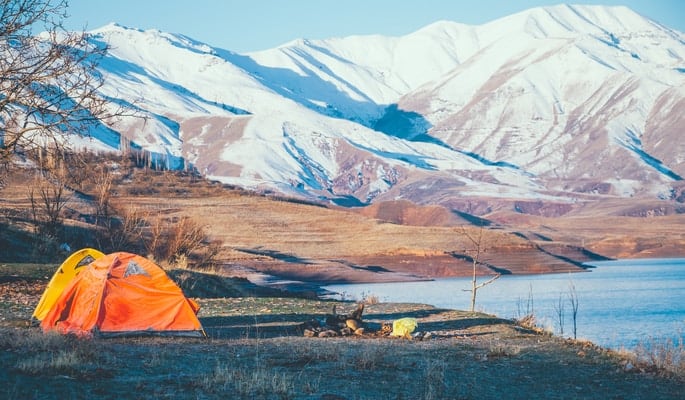
Pros and Cons to Dispersed Camping
There are a few pros and cons to dispersed camping that potential campers should be aware of before they plan their trip.
One pro of dispersed camping is that it is usually free. This is because dispersed campsites are not as developed as other types of campsites, so there are no fees associated with them.
Another pro of dispersed camping is that it allows campers to experience a more natural setting. This can be beneficial for those who want to get away from the hustle and bustle of everyday life and enjoy the peace and quiet that comes with being in nature.
A con of dispersed camping is that it can be more difficult to find a suitable campsite. This is because dispersed campsites are not always well-marked or easy to access.
Is Dispersed Camping Safe?
Yes, dispersed camping is safe when done properly. Dispersed camping is essentially backcountry camping and, like any outdoor activity, there are inherent risks involved. However, these risks can be mitigated by following some simple safety guidelines.
When dispersed camping, always practice Leave No Trace principles to minimize your impact on the environment and to avoid attracting wildlife. Make sure you camp at least 200 feet away from any water source, and pack out all trash. If possible, camp in areas that have already been impacted by humans so as not to disturb pristine wilderness areas.
Be aware of your surroundings at all times and take precautions against potential hazards such as flash floods, falling rocks, and other natural dangers. Always let someone know where you are going and when you expect to return home; if something happens, search and rescue will know where to look for you.
Dispersed Camping vs Boondocking
There are many different types of camping, but dispersed camping and boondocking are two of the most popular. Both have their own unique benefits that appeal to different types of campers.
Dispersed camping is a great option for those who want to be close to nature. It allows you to camp in more remote areas, away from crowds and noise. This type of camping also usually doesn’t require any permits or fees.
Boondocking, on the other hand, is perfect for those who want more privacy and independence. It involves camping in your own self-contained vehicle, without hookups or amenities. This can be a great way to save money on camping fees, as well as giving you the freedom to camp wherever you want.
Dispersed Camping vs Backcountry Camping
There are a few key differences between dispersed camping and backcountry camping. Dispersed camping is usually done in undeveloped areas, like national forests, while backcountry camping generally takes place in more remote locations, like wilderness areas.
Because dispersed camping is typically closer to civilization, it’s usually easier to find water and other amenities. Backcountry campers usually have to carry all their supplies with them, which can make for a more challenging trip. But both types of camping offer a great way to get away from it all and enjoy some time in nature.
Conclusion
In conclusion, dispersed camping means camping outside of developed campgrounds, often in remote areas. Dispersed camping is a great way to enjoy the outdoors while getting away from the crowds. It’s important to be prepared for dispersed camping, as you will be responsible for your own water, food, and shelter. With a little planning, dispersed camping can be a great way to enjoy the outdoors.





